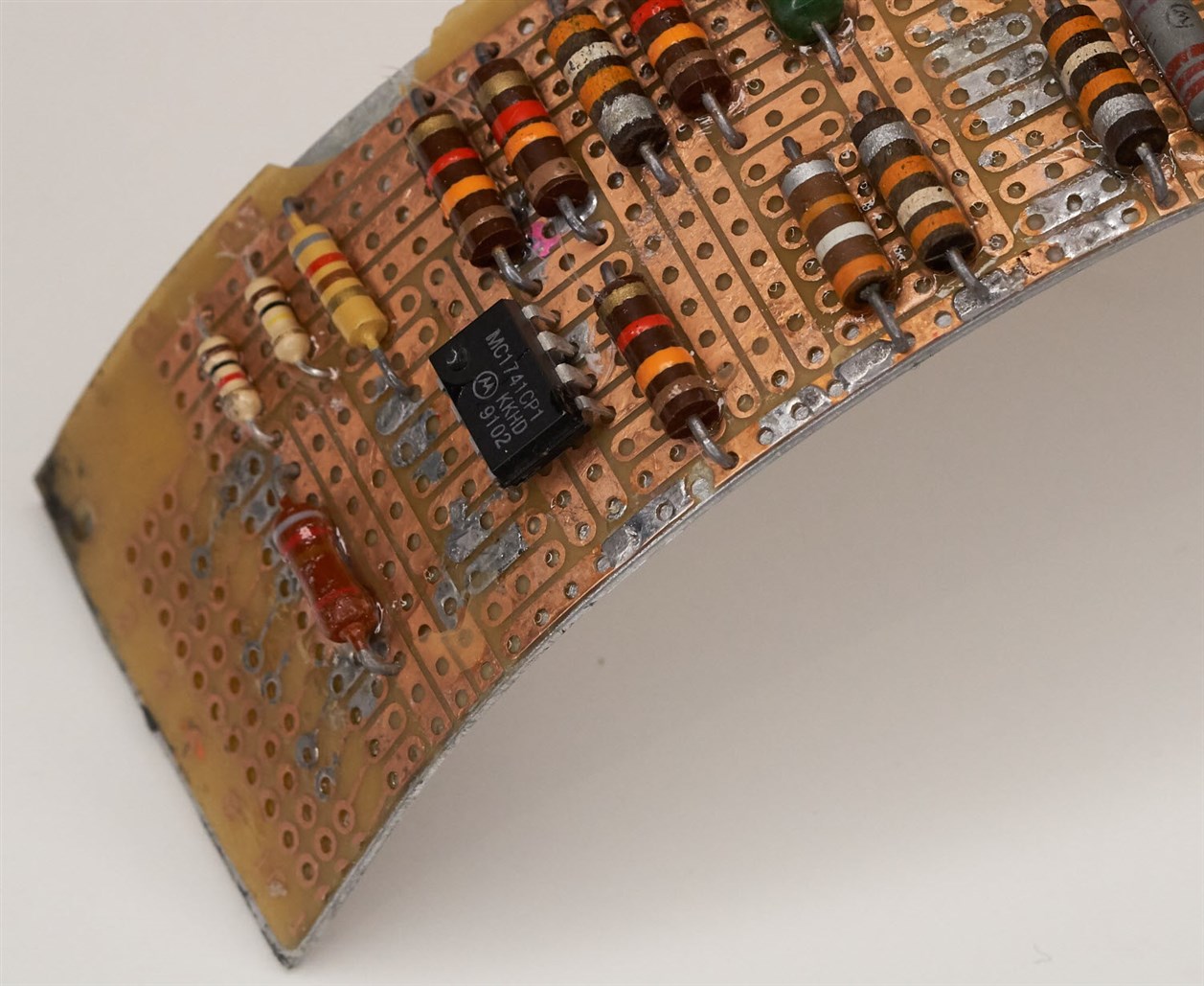I’m working on an episode about Op Amps and measuring some basic parameters. (For those like me who would rather measure something than go cross-eyed looking at a datasheet.)
Since there are more than a handful of op amps, I can imagine there are situations where people select one or re-use one without fully evaluating all of its characteristics. So, that got me thinking, what are some cases where you picked an op-amp for an application, but it was (clearly?) the wrong one… and why?
Bonus question: does anyone still use the ua741 … for anything?


